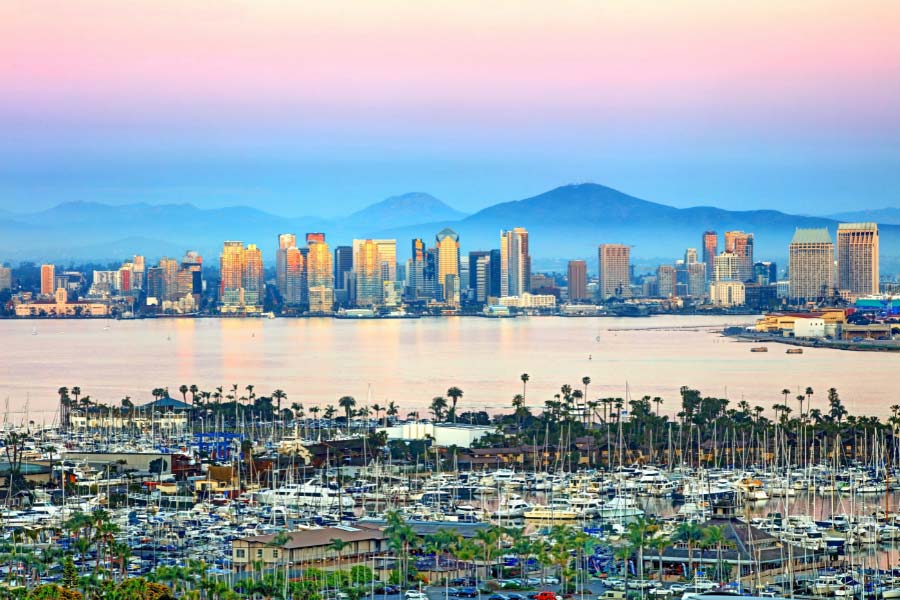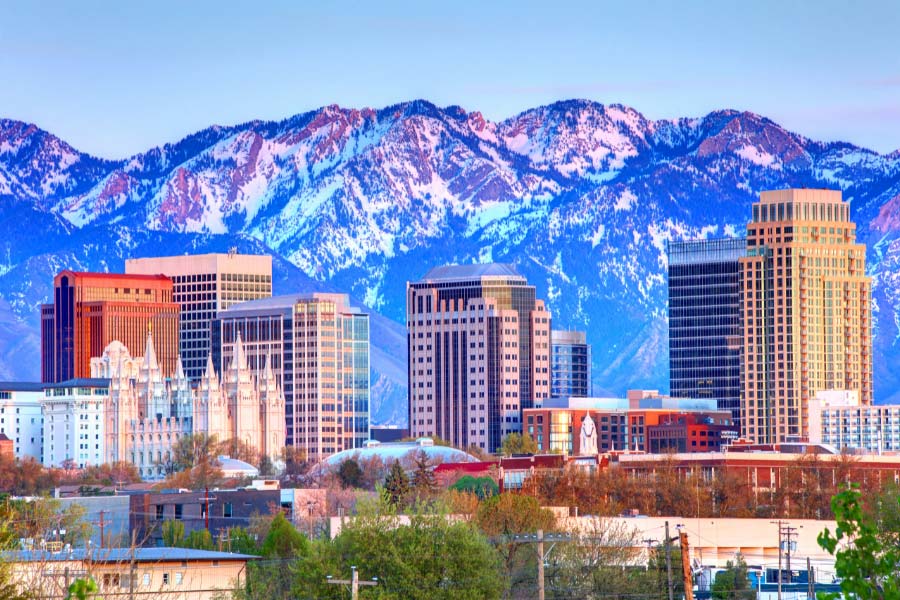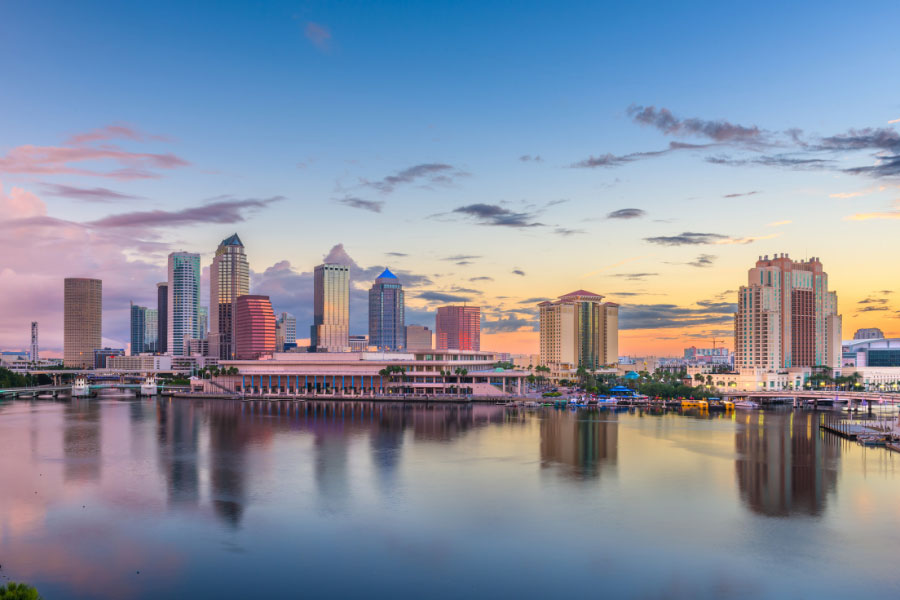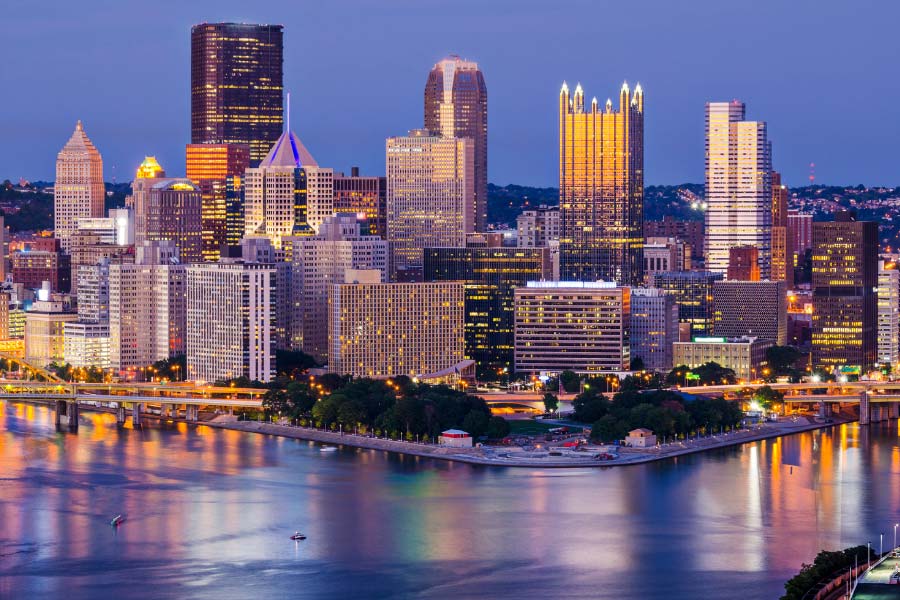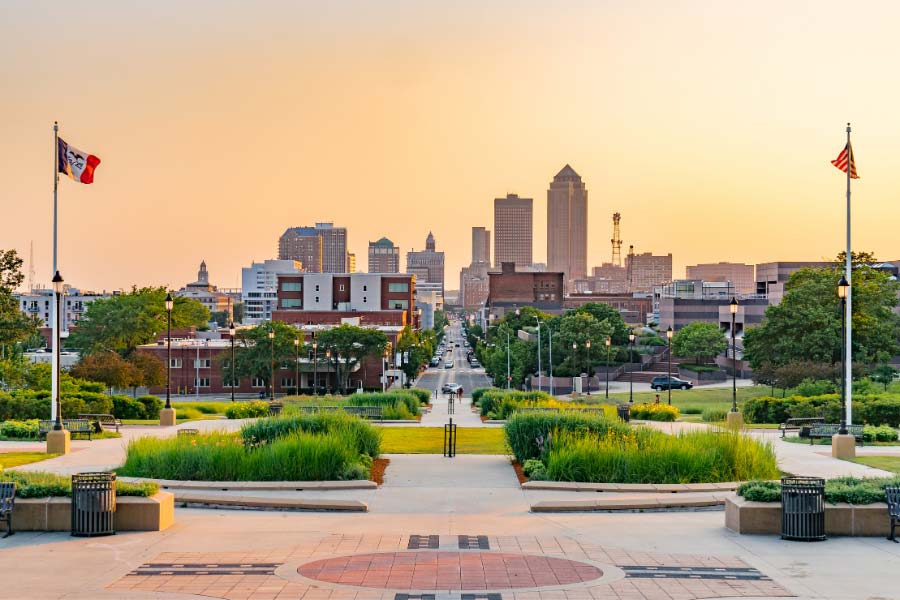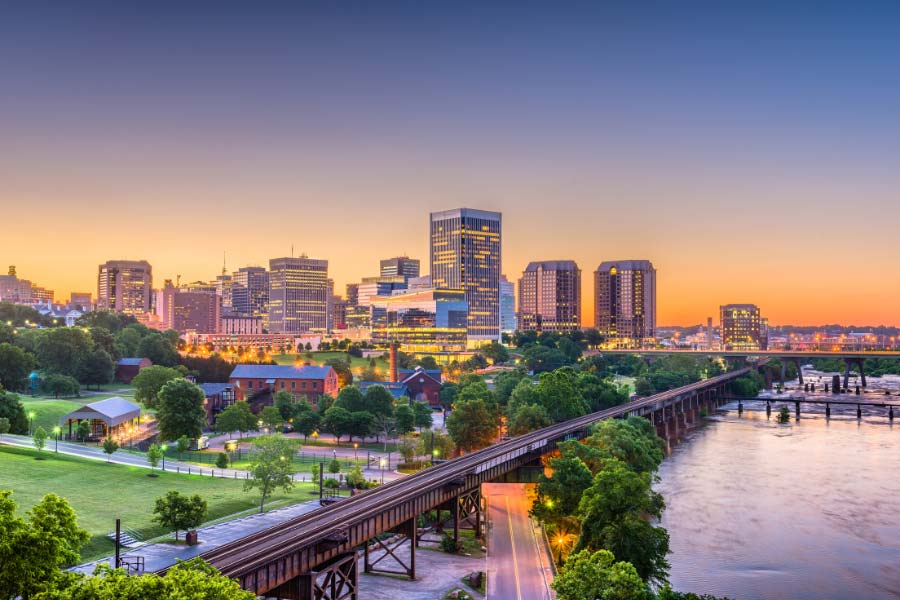
Longevity Guide: 10 Intriguing U.S. Cities for Living a Long Life
Key Takeaways
Executive Summary
In our quest for longer, healthier lives, many factors come into play, from genetics to lifestyle choices. However, one element that’s often overlooked is the environment in which we reside. As individuals seek the proverbial Fountain of Youth, they may find that the cities they call home play an integral role in their longevity. The tapestry of an urban landscape—its safety protocols, air quality, and access to top-tier healthcare—can dramatically influence not only the quantity but the quality of our years. This blog post dives deep into the U.S. cities that have emerged as leaders in promoting longevity. Our selection criteria hinge on three pivotal pillars: crime rates, pollution levels, and the caliber of healthcare. Each of these pillars, individually and collectively, weighs heavily on life expectancy, contributing to a life led fully and healthily. In the forthcoming sections, we will unpack why these factors are crucial and highlight cities that exemplify a commitment to fostering an environment where their residents can thrive for years on end. If you’ve ever wondered whether location truly matters in the pursuit of a long, healthy life, journey with us as we explore the cities that may just hold the answer.
more from blueripple
How to Increase Your Intake of Antioxidants
Understanding the different kinds of antioxidants is an important part of increasing your intake of antioxidants safely and responsibly.

Why These Factors Matter
The connection between our environment and our health is profound, with cities often acting as the backdrop to our lives. Within these urban landscapes, certain factors rise to prominence, shaping our daily experiences, well-being, and ultimately, our life expectancy.
Crime Rates
Living in a safe environment isn’t just about physical well-being—it deeply influences our mental and emotional health. In high-crime areas, residents grapple with perpetual stress, borne from the fear of potential harm or victimization. This constant state of alertness, known as ‘chronic stress,’ can lead to numerous health issues, including heart disease, weakened immunity, and even depression. Moreover, areas with elevated crime rates often witness reduced community engagement, which can further erode the social fabric essential for mental well-being and collective resilience.
Pollution Levels
Clean air is to our health what clean water is to a fish—utterly indispensable. Exposure to high pollution levels doesn’t just trigger immediate health concerns like respiratory problems or allergies. Over time, consistent exposure can lead to more grave issues such as cardiovascular diseases, decreased lung function, and even premature death. The environment we inhabit speaks directly to our health, and polluted cities often see a collective dip in the overall well-being and vitality of their residents.
“An ounce of prevention is worth a pound of cure.” — Benjamin Franklin
Healthcare Quality
At some point, everyone requires medical intervention, be it for routine check-ups or more urgent matters. The quality of healthcare available can be the determining factor between rapid recovery and prolonged illness, or even life and death. Cities equipped with state-of-the-art healthcare facilities, skilled professionals, and efficient systems ensure that their residents have the best fighting chance against diseases and health challenges. Furthermore, quality healthcare also implies preventive measures, early diagnosis, and effective treatment options that can significantly enhance life expectancy.
In essence, these three intertwined factors—crime, pollution, and healthcare—serve as vital signposts in evaluating a city’s potential to nourish its inhabitants’ long, prosperous lives.
Top U.S. Cities that Promote Longevity
Across the vast expanse of the United States, certain cities emerge as beacons of hope for those seeking environments conducive to a longer, healthier life. Their commitments to safety, environmental stewardship, and healthcare excellence have set them apart.
1. Minneapolis, Minnesota

At the heart of the Midwest, Minneapolis boasts impressive safety initiatives. With crime rates below the national average, residents can enjoy the city’s many parks and outdoor activities with peace of mind. The city’s commitment to green spaces is evident not just in its lush landscapes but also in its rigorous efforts to combat pollution. Clean air initiatives have transformed the cityscape, making it one of the most breathable urban areas. Additionally, Minneapolis is home to some top-tier medical institutions, ensuring residents have access to some of the best healthcare services in the country.
2. Portland, Oregon
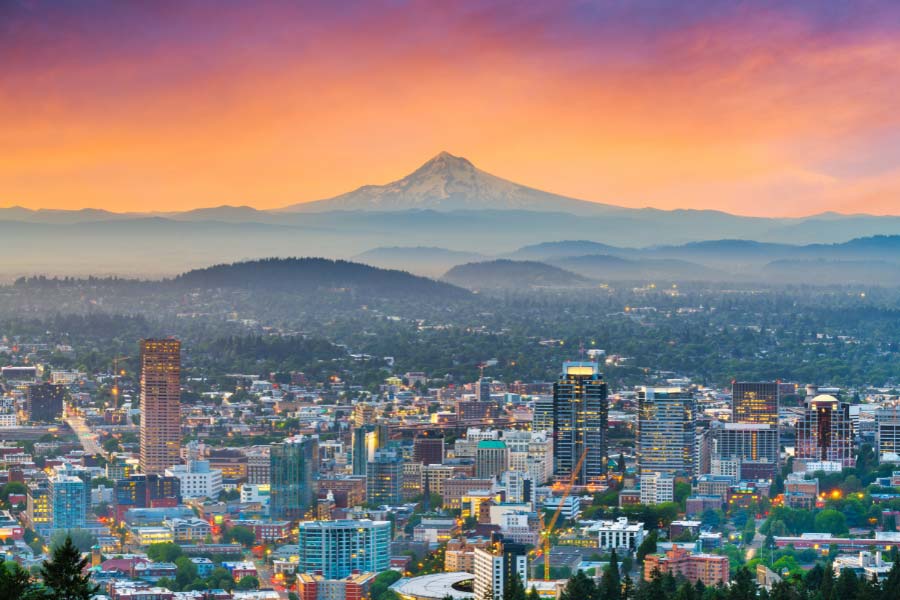
Nestled in the Pacific Northwest, Portland’s dedication to environmental conservation is commendable. Its urban forestry and city-wide recycling programs ensure reduced pollution levels. While urban safety is a concern in parts of the city, innovative community policing efforts are underway to enhance security. In the realm of healthcare, Portland’s medical facilities are renowned for their pioneering research and treatments.
3. Honolulu, Hawaii
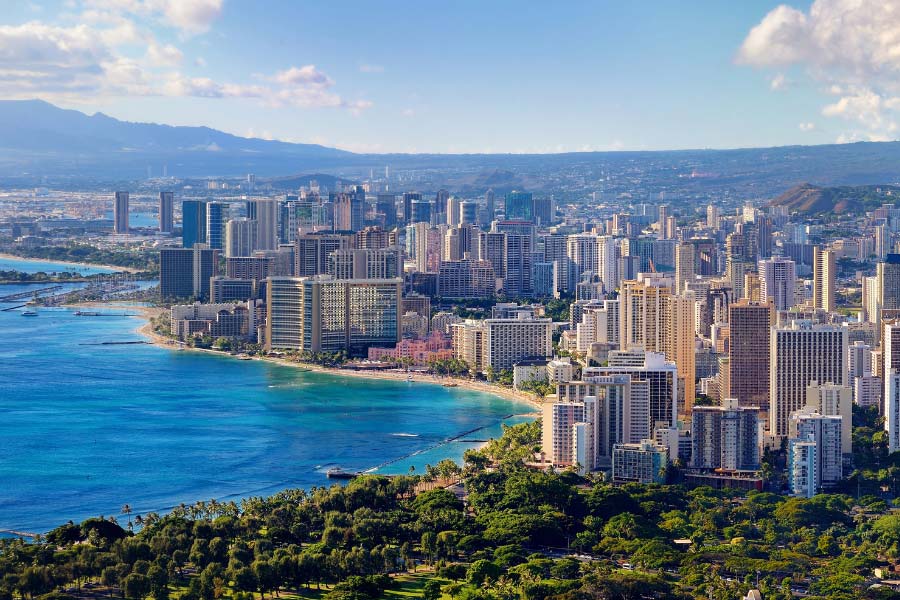
Paradise isn’t just about beautiful beaches. Honolulu’s crime rates are relatively low, especially when considering violent offenses. The island’s natural setting contributes to reduced pollution, and the fresh Pacific air is undeniably rejuvenating. Healthcare in Honolulu is top-notch, with several medical centers providing quality services and promoting holistic wellness.
4. Boulder, Colorado
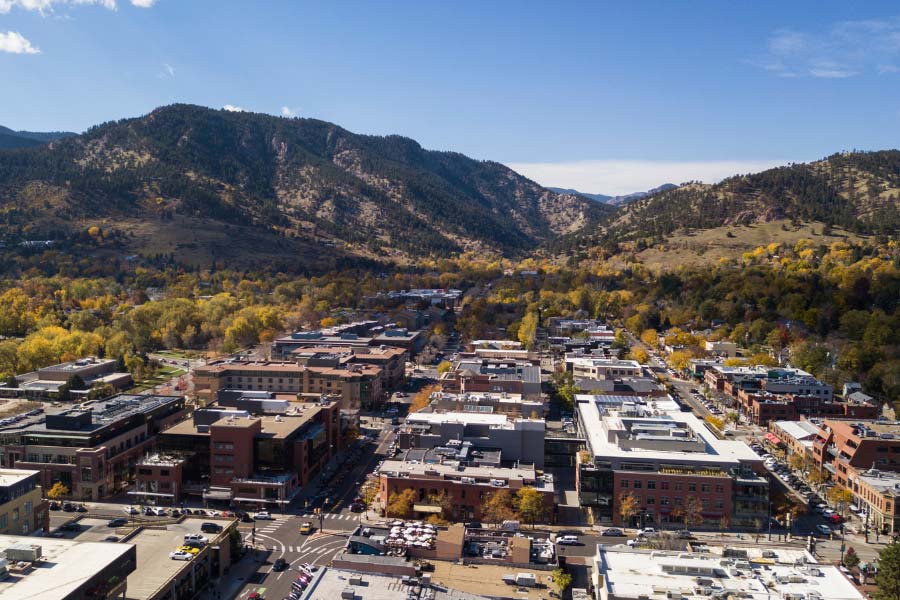
Paradise isn’t just about beautiful beaches. Honolulu’s crime rates are relatively low, especially when considering violent offenses. The island’s natural setting contributes to reduced pollution, and the fresh Pacific air is undeniably rejuvenating. Healthcare in Honolulu is top-notch, with several medical centers providing quality services and promoting holistic wellness.
5. San Francisco, California

Despite its dense urban setting, San Francisco has been steadfast in its commitment to environmental standards. Its emphasis on public transportation and renewable energy projects has significantly reduced pollution levels. While certain areas face safety concerns, the city’s proactive approach to community-based policing is making a difference. Moreover, San Francisco stands as a hub for world-class healthcare, thanks to its numerous top-rated hospitals and medical research institutions.
6. Austin, Texas
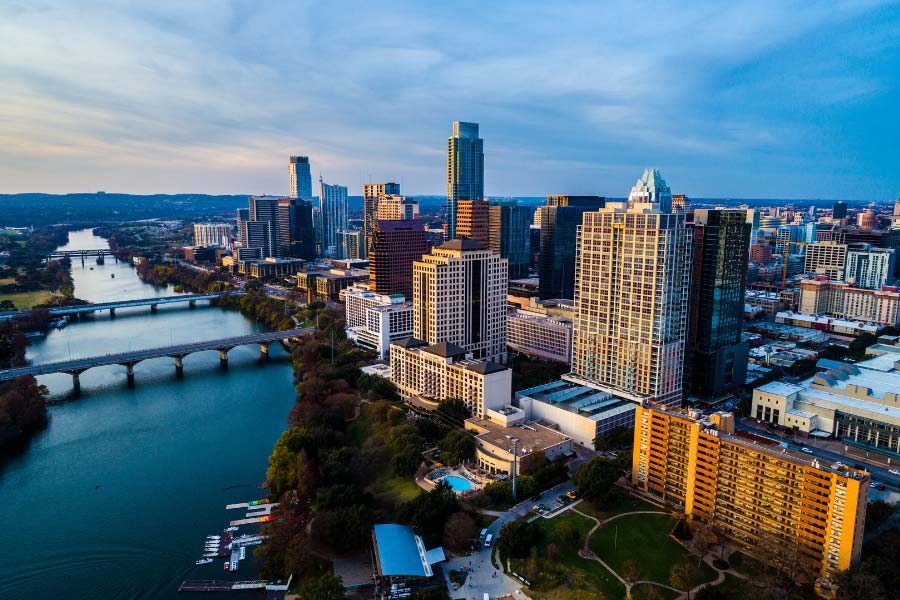
A bustling tech hub, Austin offers more than just career opportunities. With green spaces sprinkled throughout the city and a dedication to maintaining clean waterways, it fares well on the environmental front. Community engagement has led to innovative solutions to safety concerns, fostering a stronger sense of community. The city is also home to some leading healthcare facilities and research institutions.
7. Ann Arbor, Michigan
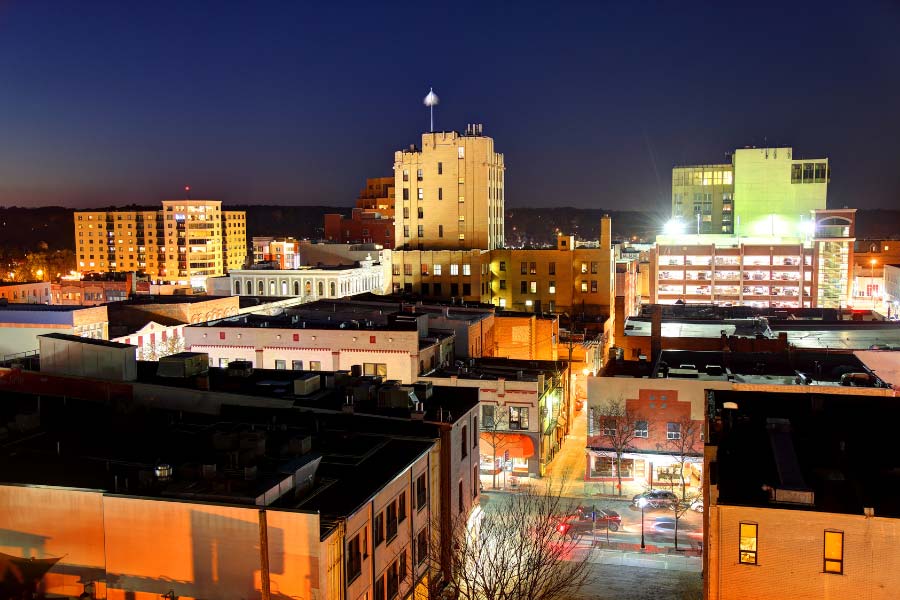
Home to the University of Michigan, Ann Arbor isn’t just academically rich. Its low crime rate is a testament to the cohesive community spirit. With numerous parks and a commitment to sustainability, pollution is kept at bay. Additionally, the presence of the university’s medical school ensures top-tier healthcare for residents.
8. Madison, Wisconsin
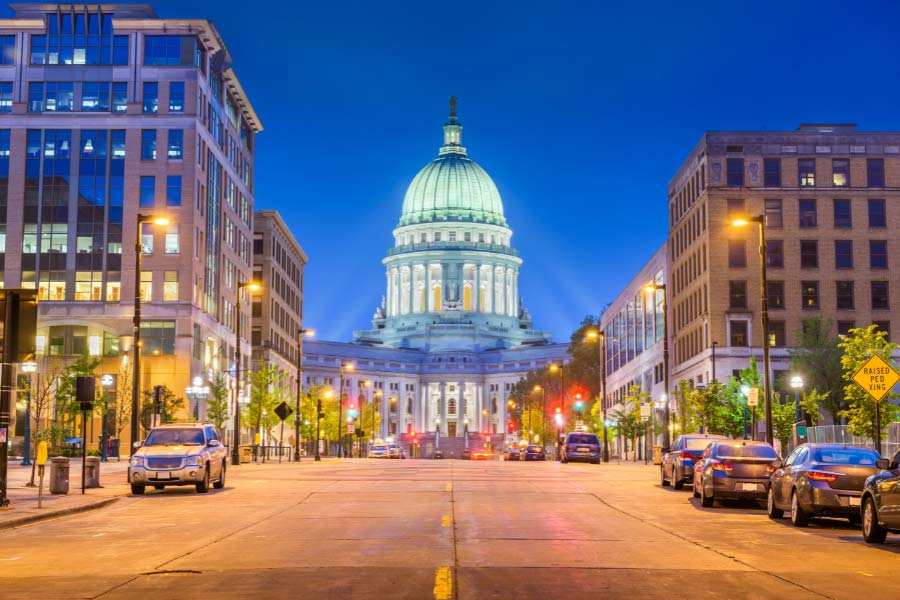
Madison’s emphasis on community well-being is evident in its safety initiatives and green projects. The city boasts numerous biking trails, parks, and lakes, promoting both a clean environment and active lifestyle. Coupled with that, its healthcare system is robust, benefitting from both public and private medical facilities.
9. Raleigh, North Carolina
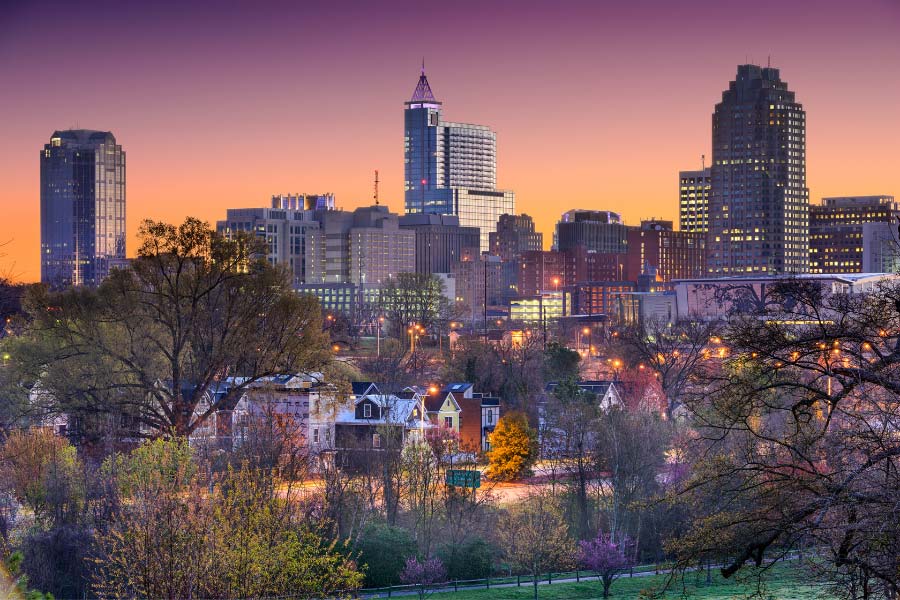
Raleigh’s charm lies in its balanced blend of urban development and natural beauty. The city’s ongoing efforts in environmental conservation have resulted in reduced pollution. As for safety, community watch programs have made a significant impact. Furthermore, Raleigh’s healthcare institutions, some associated with leading universities, ensure residents receive top-notch care.
10. Seattle, Washington

The Emerald City, with its lush landscapes, is proactive in its environmental initiatives. Its dedication to reducing carbon footprints and conserving waterways has garnered national attention. Although urban safety remains a work in progress, community-driven solutions are on the rise. Moreover, the city’s healthcare scene, enriched by global medical research, offers residents both preventive and specialized care.
Other Factors to Consider
While crime, pollution, and healthcare quality are undeniably crucial in determining a city’s contribution to its residents’ longevity, they are merely pieces of a much larger puzzle. The overall quality of life, after all, is a mosaic of interconnected facets.
Foremost among these is the role of green spaces and parks. Natural environments not only act as the lungs of a city, purifying the air, but also offer a respite for the mind, reducing stress and promoting physical activity. Similarly, access to healthy foods and nutrition can’t be overstated. Cities that foster local farming, community gardens, and markets with fresh produce ensure their residents have the tools for a healthy diet.
Community programs and support also make a significant difference. A robust network of recreational activities, support groups, and educational workshops empowers individuals to make informed decisions about their well-being. Furthermore, economic factors and job security directly impact mental health and overall life satisfaction. A stable economy provides peace of mind, reducing stress and its associated health risks.
Lastly, education serves as a bedrock, promoting not just career growth but also awareness about healthy living, preventive care, and community engagement. In essence, a city’s holistic approach is what truly nurtures longevity.
Notable Mentions
Conclusion
The adage, “It takes a village,” captures more than just the essence of communal upbringing. It underscores the profound influence our environments have on our well-being, longevity, and overall quality of life. Cities, in their vast, intricate tapestries of infrastructure, policies, and communities, can either augment or diminish our health and longevity prospects.
From the pristine air of Tucson to the healthcare innovations in Boston, it’s evident that urban environments play a pivotal role in shaping our life trajectories. The cities spotlighted in this post exemplify the potential of thoughtful urban planning, community engagement, and a commitment to holistic well-being. They serve as inspiring benchmarks for others to emulate.
As we move forward, it’s our collective hope that more cities worldwide will invest in creating nurturing environments, where every breath is clean, every street is safe, and every medical need is met with care and excellence. The pursuit of a long, fulfilling life isn’t just an individual aspiration but a communal journey. And the cities we call home have the power to make this journey not just possible but deeply enriching.


